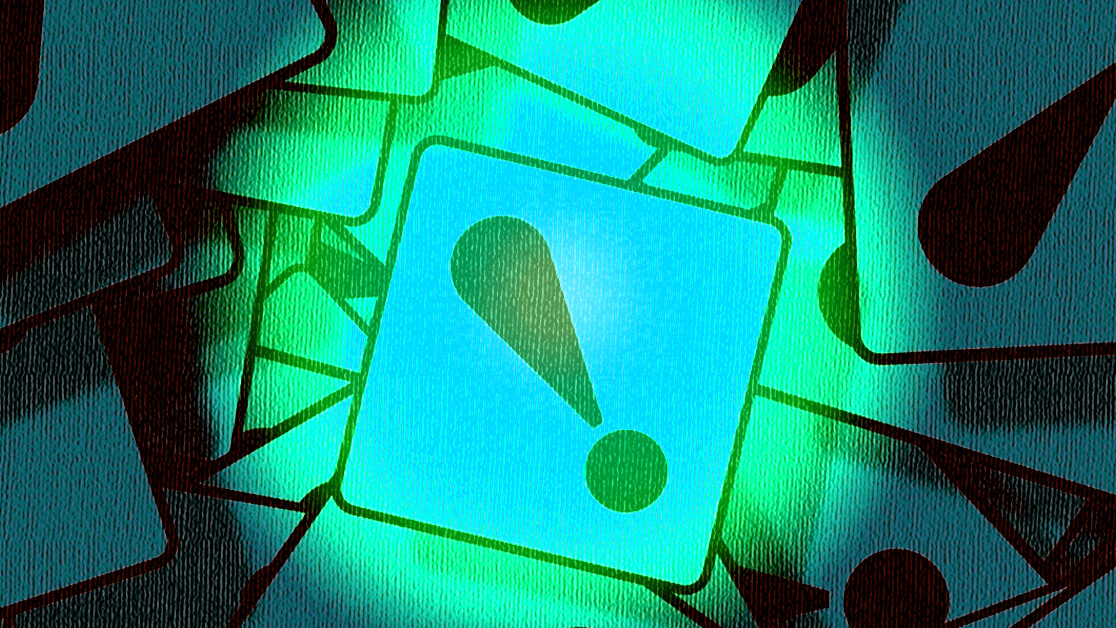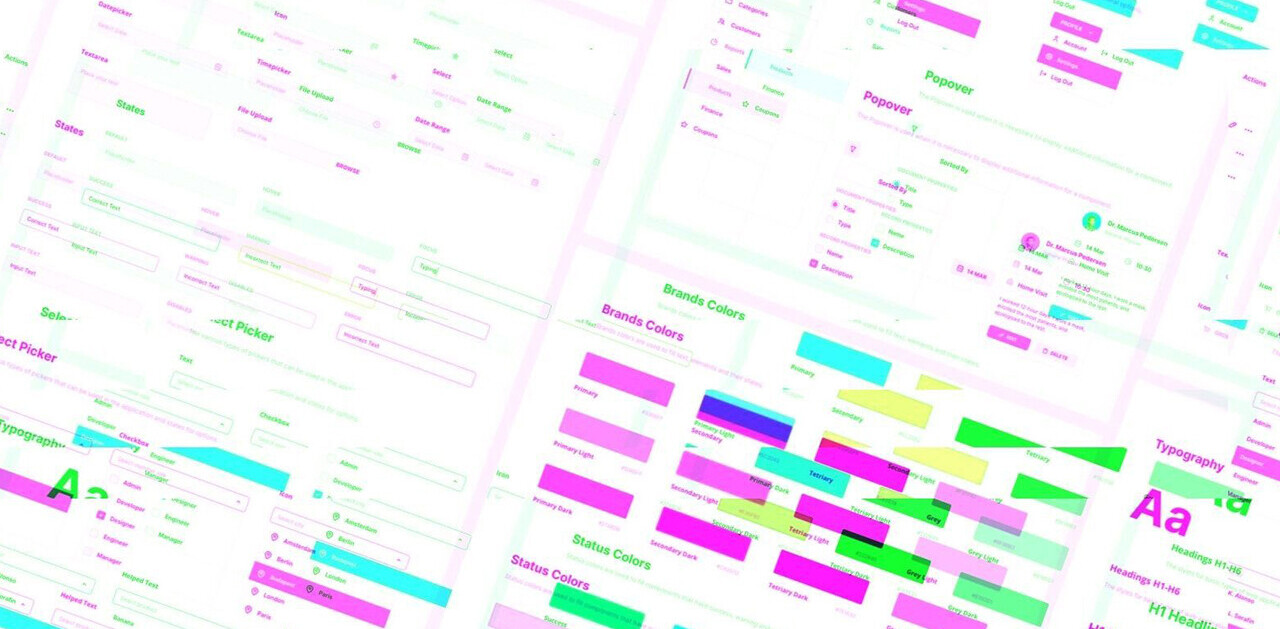
If I had a dime for every time I heard the phrase, “there’s an app for that,” well… you get the picture. But there’s a problem. A problem that you, and everyone else, can identify with as soon as you open your phone, tablet, or computer.
Today, we’re drowning in apps for “that”— and if there’s not a hundred different choices for every possible workflow, there soon will be.
More worryingly, however, is that most apps out there offer very little to differentiate themselves from the competition. Countless “new” apps battling within the same space, desperately vying for your attention as if it wasn’t stretched to the breaking point already.
So now you’ve got notification after notification, distraction after distraction, app after app with a different UI but the same function.
All of this means one thing. As you go through your day, you lose focus, break flow, and disrupt your creativity as a tidal wave of notifications from coworkers and customers breaks over you — again and again.
Some estimates suggest that employees switch apps more that 1100 times in a single day, while others state that “task switching” could be costing us as much as 40% of our working day. It’s a staggering figure that makes me question the very nature of “productivity” apps.
Ding dong, your focus is dead
You’re multitasking for the sake of multitasking — it’s not quicker, it’s not more efficient, and it’s definitely not more productive. Your attention is being spread so thin that you can barely maintain it, and all you are really doing is… managing apps.
Your task list ends up looking like this:
- Check emails
- Check chat alerts
- Check project management tool notifications
- Repeat the whole process again
A productive day for your team isn’t spent checking inboxes and constantly switching tools. Every time you switch an app to deal with an additional alert, you break focus once again to check off a box. No real work is actually done, and every time your focus is broken, it takes time to recalibrate your mind to get to working again.
So, how can teams reduce the number of tools they use on a daily basis so they can triage their notifications and alerts? How can teams build structure into their day around those tools so that they can focus on being productive and creative? And finally, how can teams get more out of the tools they already have?
Appropriate communication times
Your team is likely full of people who are devoted to your company, and are willing to do anything to help accomplish the goals you have set before them. As a leader, it’s our job to protect them and give them time to relax.
One way to do this is to set working hours for when responses to communications are expected, and when it’s outside that block of time, employees know they can disconnect and relax without the expectation to “check in.”
You achieve this by, for example, establishing times when it’s appropriate to send messages and what medium to use. If you are using email as a primary communication method, it can be acceptable to send messages whenever, as long as there is no expectation of an immediate response.
If your email app supports a ‘Send Later’ function, it can be a good idea to schedule emails when you know your team is working. If your team is using some sort of chat based tool, you should set clear guidelines on the times of day it is appropriate to work. With near ubiquitous access to communications, we need to build out times that employees can fully disconnect.
Focus hours
A challenge for teams that are involved in any sort of creative work is finding the time for deep focus. The current work environment in 2020 demands that those doing creative work do their best work while always being involved in every chat conversation and responding to emails as well as other requests immediately. A block of time for ‘focus hours’ is a way to solve this problem.
An example could be setting the expectation that from 8-9 AM is time to email, chat, etc. From 9 AM to 1 PM would be designated as time when no one in creative roles are available for email, chat, text messages, etc.
This strategy also works outside of the creative field, but a general rule of thumb is that the only way focus hours will work is if it is company wide, so it must be set as the expectation. Your focus should be to give yourself and your team the time and space to really buckle down and focus.
Picking the right apps
There is a tendency among companies to have an app for every single problem they face. The end result is that there are countless apps across the company that must all be checked and managed. Companies should audit the tools they are using, pick the ones that cover the most use cases, and then leverage their capabilities.
If your project management tool has a built in messaging system, consider whether you really need another system that is dedicated for chat. If your budgeting tool has a way to turn in receipts, consider whether you need a dedicated submission tool.
The more tools you have, the more of your budget is spent on recurring subscriptions, the harder employee training becomes, and the more time has to be spent “tending” to your tech stack like you would a garden. Focusing on just a few tools and getting the most out of them is highly recommended.
Final word
These are just three possible ways for companies to evolve from an environment that demands constant attention to messaging services to one that allows for periods of deep work as well as an expectation of disconnecting from work during non-work hours.
So you like our media brand Growth Quarters? You should join our Growth Quarters event track at TNW2020, where you’ll hear how the most successful founders kickstarted and grew their companies.
Get the TNW newsletter
Get the most important tech news in your inbox each week.





